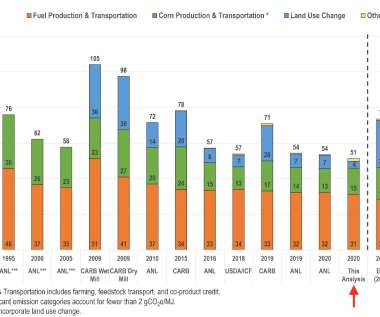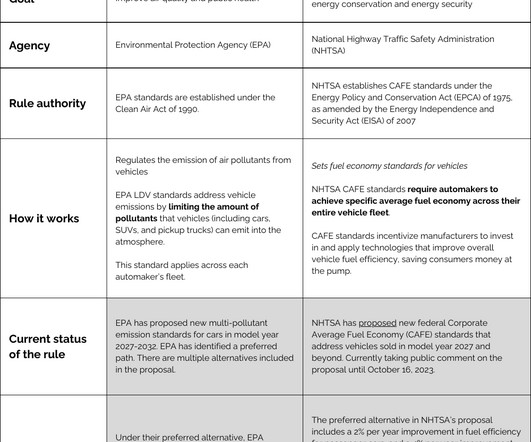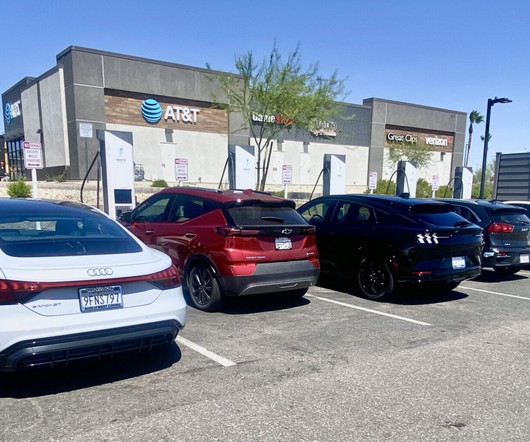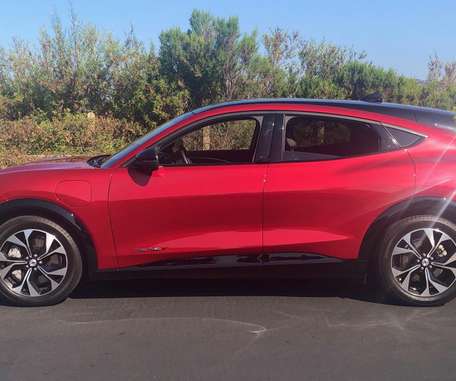DOE launches “eGallon” to help compare cost of fueling with electricity vs. gasoline
Green Car Congress
JUNE 11, 2013
The US Department of Energy (DOE) launched the “ eGallon ” as a quick and simple way for consumers to compare the costs of fueling electric vehicles vs. driving on gasoline. Today’s national average eGallon price is about $1.14, meaning that a typical electric vehicle could travel as far on $1.14 worth of gasoline.














































Let's personalize your content